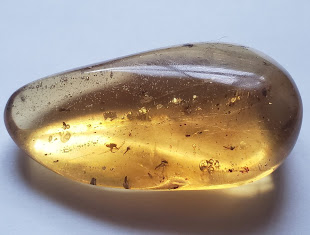The Canadaspis

Canadaspis Canadaspis was a very odd genus of anthropoid from the Cambrian Era. Today, I'm mainly focusing on Canadaspis Perfecta, but I may cover the other species in the future. Its name means "Shield of Canada", as it had a large shield type body part that had covered its head. This shield is actually called a carapace. Canadaspis probably used its legs to crawl on the Cambrian seafloor, scavenging plants or smaller animals. Most Canadaspis' are found in the Burgess Shale in Canada but they can be found in areas like Utah, Nevada, and China. Canadaspis most likely used its multiple legs to stir up the sediment on the seafloor, in turn kicking up possible food and directing it into their mouth(s?). They were also likely prey for larger animals, but due to their extremely small size (roughly 47 millimeters long), they probably weren't targeted by large predators such as Anomalocaridia. A Canadaspis compared to a 1.8-meter tall person The Canadasp





